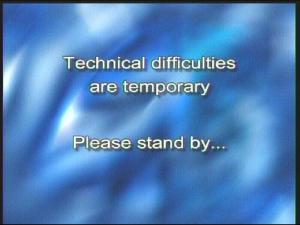Statcounter
Tuesday, 3 June 2014
NB: What is Photography?
Talbot had already suggested a way of understanding photography which undermined the singular author. Reactions to this tended to fall along the lines of a creative/productive split. In the essay What is Photography? from Civil Imagination: A Political Ontology of Photography, Ariella Azoulay tracks the shifts of this as a photography turned from something operated by people to something operating on them as well (15). The author promotes a political ontology of photography, one which involves the relations between humans and objects (18). Because cameras seem to saturate contemporary spaces, the sense of being, or potentially being, photographed becomes omnipresent. While we may never see the images these cameras produce, the majority of images we do see are seen without their cameras. The photograph could then become a generator of events and encounters where none of the participants holds sovereignty (17).
Because of the vaguely possible omnipresence of a photographic apparatus, or the expectation of its possibility, the photo cannot simply be thought of as a product, but as an event. This event is one in which the participants and spectators play roles which are, by and large, contingent. The event may proceed without them as readily as it could occur without their awareness (23). The person who claims ownership of this photo operates in a temporary 'illegitimate sovereignty' (24), claiming referents, even against their wills. Even so, while the photo traces the contingent hierarchy inherent in its composition as such, it does not by any necessity reflect the specific will or intention of any participant (25).
Photography as event is constituted by a multiplicity which allows it to unfold in different places and times without these necessarily being compatible. The photo has a point of view which is alien to those who take it or are within it. The irreducibility of this position is the threat it holds over all participants who would attempt to inscribe it with their view. As such, it can be permanently renewed and always remain open (27). For Azoulay, the photo is always in circulation, even if it has never actually come into being. It is this open circulation that marks it as an event, akin to a perpetual resurrection without apocalypse, an event which allows only for indifferent passage and passing on. However, this is not really politics as the author claims. It is just economics at their most reductive, and the unilateral nature of the event, along with its primary, essential and definitive indifference to its participants as such, would vitiate any tangible claim to or by a polis. In fact, her insistence on the purely tangential 'illegitimate sovereignty' claimed by participants or pseudo-participants equally testifies to the incapacity of a polis to claim the photo. Instead, the photo is necessarily a sovereign with no polis and photography is fundamentally a non-social agency.
Subscribe to:
Post Comments (Atom)


No comments:
Post a Comment